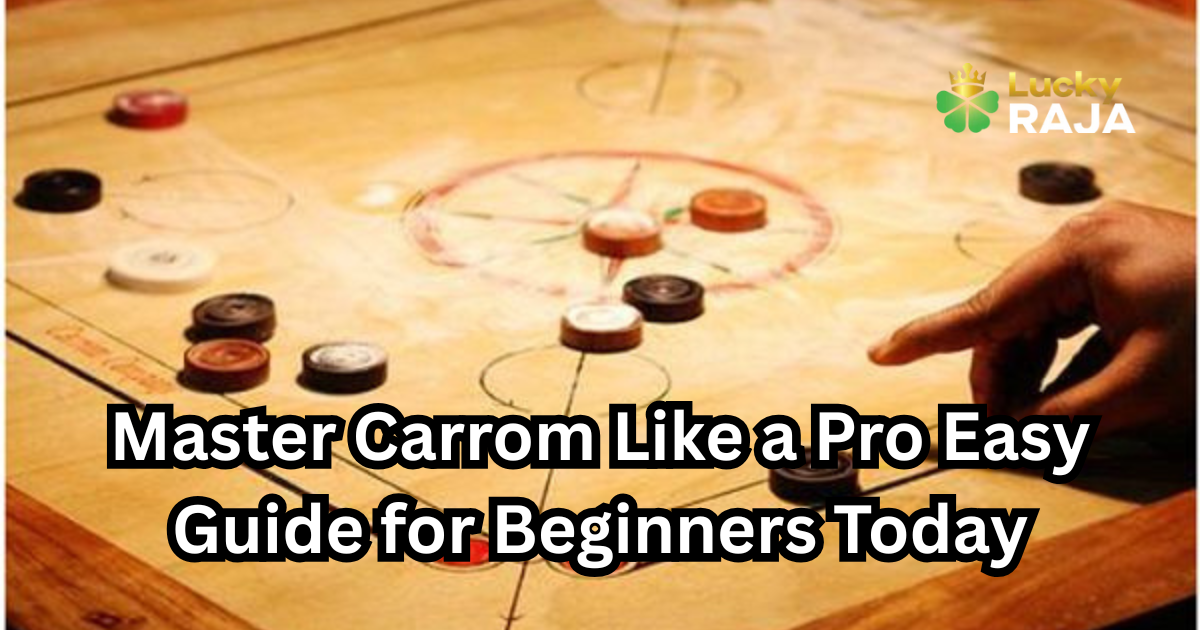Master Hands at Poker Like a Pro Winning Guide Today. Understanding the hands at poker is the first step to becoming a skilled player. Whether you're playing at a casino, online, or in a friendly home game, knowing the value and ranking of each hand can significantly increase your chances of winning. This comprehensive guide will walk you through everything you need to know about hands at poker, including hand rankings, strategic play, and a useful comparison chart to make it all easier to grasp.
In poker, a “hand” is a set of five cards dealt to a player. Your objective is to assemble the top-ranking hand. Since poker is a game of strategy, skill, and chance, knowing the best possible hands at poker helps you decide when to bet, raise, call, or fold. It’s more than just luck — the right move at the right time can turn even a weak hand into a winning opportunity.
Mastering hands at poker starts with knowing the official rankings. Here’s a detailed breakdown:
| Rank |
Hand Name |
Description |
| 1 | Royal Flush | A, K, Q, J, 10 of the same suit — the unbeatable hand. |
| 2 | Straight Flush | Five consecutive cards of the same suit. |
| 3 | Four of a Kind | Four cards of the same value (e.g., 9-9-9-9-K). |
| 4 | Full House | Three of a kind plus a pair (e.g., 8-8-8-6-6). |
| 5 | Flush | Five non-consecutive cards of the same suit. |
| 6 | Straight | Five consecutive cards of mixed suits. |
| 7 | Three of a Kind | Three cards of the same value. |
| 8 | Two Pair | Two sets of pairs (e.g., J-J and 5-5). |
| 9 | One Pair | A single pair and three unrelated cards. |
| 10 | High Card | No pairs or sequences, the highest card determines the winner. |
These rankings are universal across most poker variants, such as Texas Hold’em, Omaha, and Seven-Card Stud.
Imagine you’re dealt a hand with a pair of sevens. Should you play aggressively or fold? Without understanding the hierarchy of hands at poker, you're essentially playing blind. Recognizing the strength of your hand gives you the confidence to make informed decisions.
Most new players overestimate the strength of their hands. Learning what constitutes a strong or weak hand helps you stay in the game longer and win more often.
- Memorize the Rankings: It might sound basic, but being able to recall the exact order of hands at poker can save you in fast-paced games. Practice with flashcards or mobile apps until the ranking system is second nature.
- Understand Positional Play: Your table position plays a key role in how you approach your hand. Early positions require stronger hands at poker to stay in the game. Late positions offer the advantage of observing other players' moves before making your decision.
- Learn the Odds: Understanding how likely you are to hit a flush or straight helps you decide whether it's worth calling a bet. Knowing the odds helps you avoid unnecessary risks with weak hands at poker.
- Bluff Wisely: A huge part of poker is psychological. Bluffing with poor hands at poker can work, but only if done sparingly and convincingly. Over-bluffing is a common pitfall.
- Read Your Opponents: Even if your poker hands aren’t the best, observing your opponents' behavior can reveal a lot. Are they betting aggressively? Do they hesitate? These signals help you decide your next move.
- Chasing Low Pairs: Many beginners overvalue low pairs. Unless you’re holding trips or better, these hands at poker often don’t hold up.
- Ignoring Kickers: In closely matched hands at poker, the kicker (highest remaining card) often determines the winner. Don't overlook it!
- Not Folding Enough: Just because you’ve put money in doesn’t mean you should stay in the game. Knowing when to fold bad hands at poker is a skill that saves chips in the long run.
One of the best ways to improve is through repetition. Play free online poker games to get comfortable with different hands at poker scenarios. Practice helps you spot patterns, understand your odds, and build muscle memory for decision-making.
You can also join local poker nights or watch professional tournaments to observe how top players handle their hands at poker. Their gameplay often combines theory, intuition, and experience — all things you can build over time.
Once you're comfortable with the basics, move into more advanced poker theory. Concepts like “range reading,” “pot odds,” and “expected value” can elevate your game. These go beyond just knowing hands at poker — they teach you how to play the players.
For example, if your opponent is tight and bets big, even a decent hand like two pair might not be enough. But against a loose player, that same hand could be a winner. It all comes down to context.
Mastering hands at poker is the key to leveling up your game. From understanding rankings to developing strategies, every tip in this guide is aimed at making you a smarter, more successful player.
Whether you’re just learning the ropes or looking to refine your skills, the foundation always comes back to knowing your hands at poker. With the right knowledge, sharp instincts, and consistent practice, you’ll not only enjoy the game more — you’ll win more too.
If you're serious about improving your poker game, bookmark this guide and revisit it often. Remember, greatness at poker isn’t just about the cards you’re dealt — it’s about how well you play your hands at poker.
The best starting hands at the poker are typically high pairs like Aces (AA), Kings (KK), and Queens (QQ), followed by strong combinations like Ace-King (AK) suited. These hands give you a great chance of winning, especially in games like Texas Hold’em.
Poker hand rankings determine which hands at the poker beat others. For example, a Flush beats a Straight, and a Full House beats Three of a Kind. Learning the ranking chart is key to making smart plays.
Yes, you can win with weak hands at the poker through smart strategy, bluffing, and understanding your opponents. Poker is not just about strong cards — it's also about timing, reading others, and making bold moves when it counts.








__1749805055-0.png)
__1749466290-0.png)

__1748867789-0.png)





